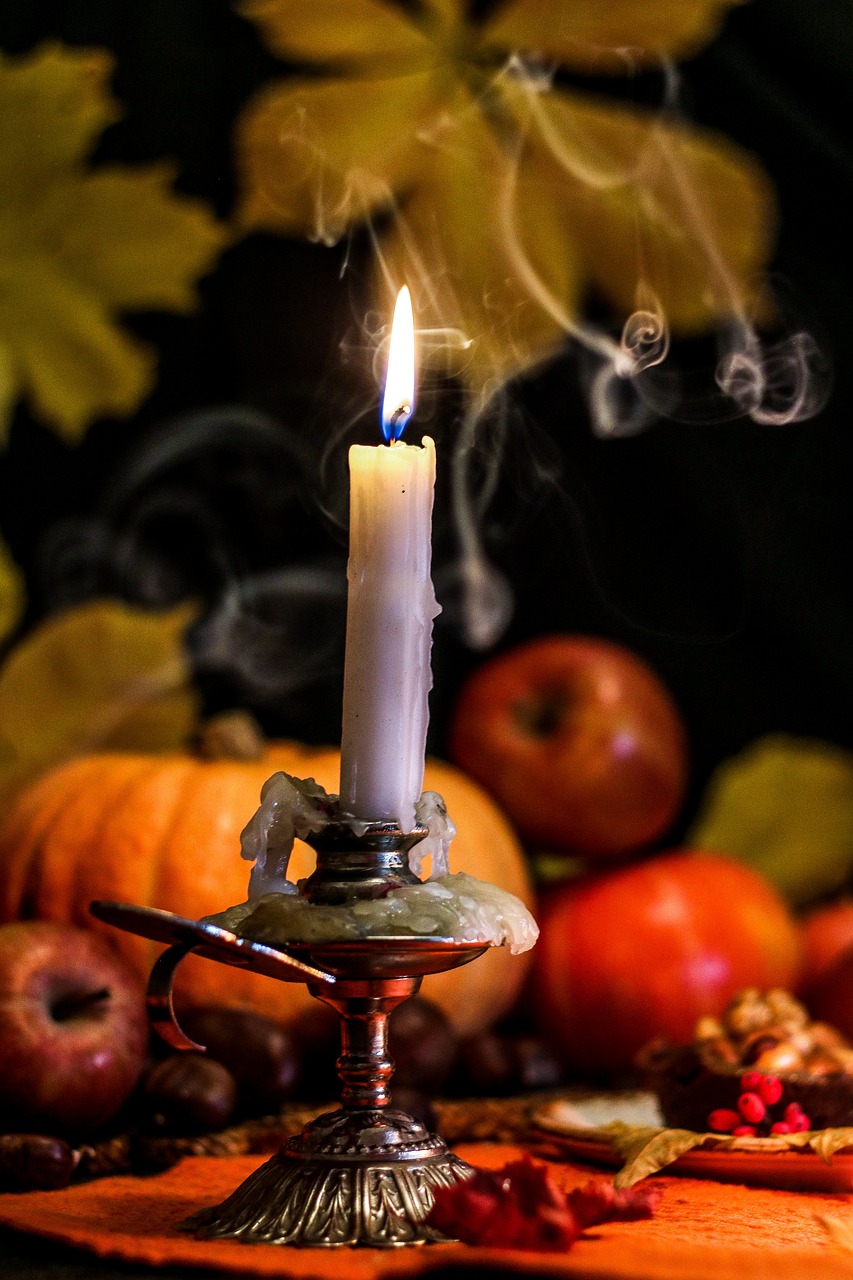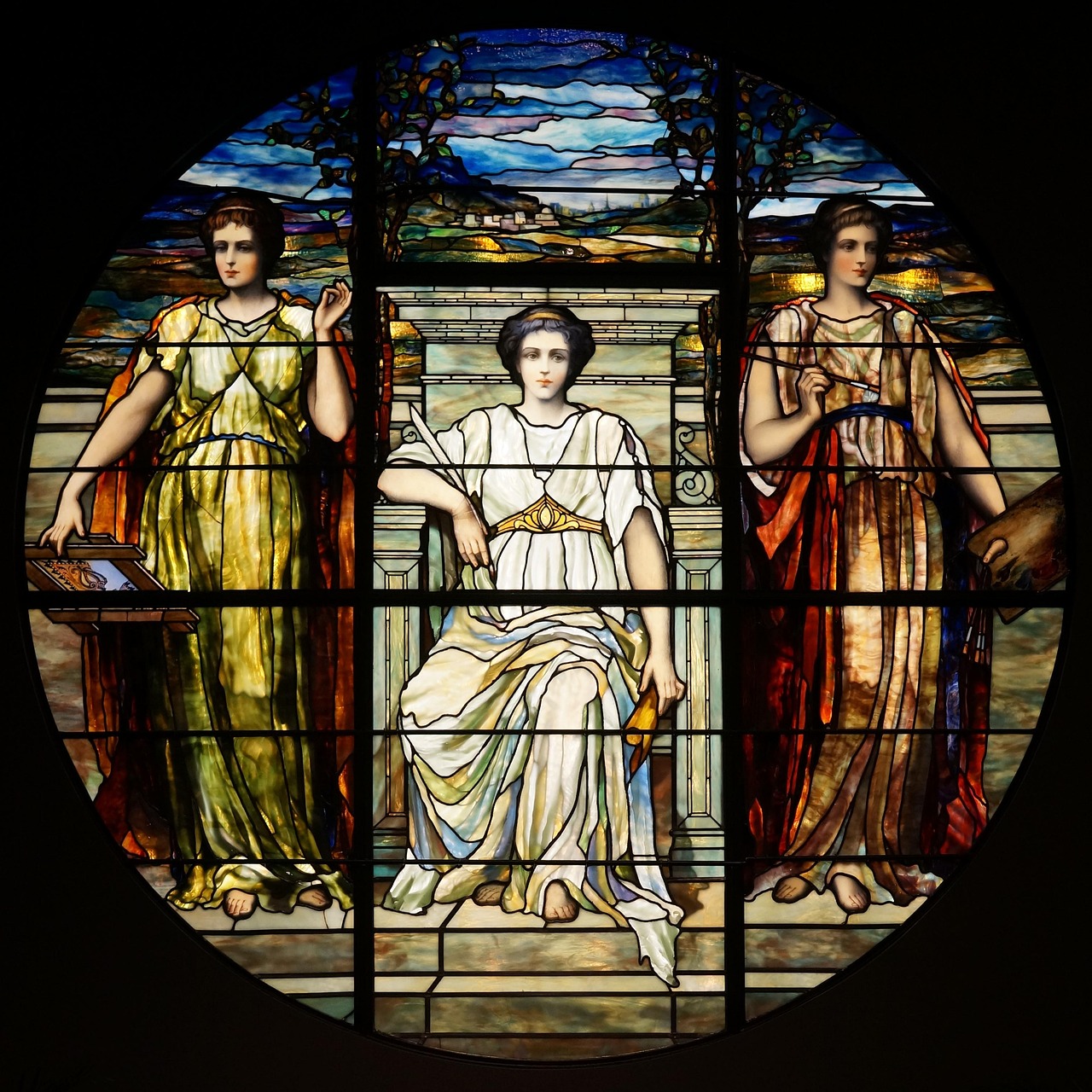Author: Erlang Shen
-

Samhain Celebration: A Journey Through History The date of November 1st has long been acknowledged as Samhain, which translates directly to the “end of summer.” October 31st signifies the conclusion of the Celtic year, the commencement of winter, and a period for introspection and pause. On this significant occasion, it was believed that ancestors stepped…
-

As an enthusiastic employee of Asana, I have a strong belief in its capabilities as the premier project management tool. Asana serves as a single source of truth for my entire team, providing clarity on individual responsibilities and deadlines. It enables us to manage our tasks effectively while remaining aligned with our team objectives. This…
-

The Season of Renewal: Ancient Roman Farming Traditions As winter lingers into late January in New York City, the streets are filled with bundled-up individuals braving the cold. With snow blanketing the ground and the threat of icy temperatures, many find themselves waiting eagerly for the warm embrace of spring to melt the frost and…
-
The Divine Scribe: Seshat’s Role in Ancient Egyptian Culture Seshat, recognized also as Sefkhet-Abwy and Seshet, holds the esteemed title of the Egyptian goddess of writing. Her name translates directly to “female scribe,” and she is commonly illustrated as a woman with a leopard skin draping her robe, adorned with a headdress featuring a seven-pointed…
-
Nechtan: The Celestial Guardian of Water In an earlier discussion, we explored the story of Boann, the goddess associated with rivers. Now, we shift our focus to Nechtan, her counterpart and a notable figure within Celtic myths. Often represented in varying forms, we will specifically highlight the narratives that pertain to Nechtan. Although he does…
-

Osiris, the green-skinned god representing the afterlife, is among the most significant deities from ancient Egypt. Serving as a source of comfort for those yearning for life beyond death, he symbolized fertility brought by the Nile and served as a model for kingship. Osiris is unique in ancient Egyptian texts as the only god referred…
-

The Divine Exiles of Celtic Mythology Despite the remarkable victories mortals achieved over the gods in Celtic lore, the deities were far from entirely subjugated. Although the goddess Danu’s followers suffered defeat, they retained their supernatural powers, enabling them to either aid or sabotage mortals. According to the Book of Leinster, the Dagda, a significant…
-

The tale of Orpheus and Eurydice stands as an archetypal tragic love story, capturing the hearts of many through its compelling narrative. This well-known Greek myth has inspired numerous artists throughout history, including prominent painters like Peter Paul Rubens and Nicolas Poussin. Additionally, a vast array of operas, songs, and theatrical works have been created…
-

Statue of Hercules: An Artistic Reflection of Mythology Creation and Characteristics Crafted in the late 18th century by an unidentified Roman artist, the Statue of Hercules showcases a compelling interplay between historical reverence and artistic innovation. This sculpture measures approximately 66 3/4 x 33 1/2 x 26 1/2 inches (169.5 x 85.1 x 67.3 centimeters)…
-
Cernunnos, an ancient deity of the Celtic pantheon, signifies the intrinsic elements of nature, wildlife, and fertility. Commonly illustrated in Celtic artistic expressions, he is typically portrayed adorned with stag antlers or horns, often accompanied by a torc adorning his neck. While detailed knowledge about him remains limited, notable representations can be found in artifacts…
